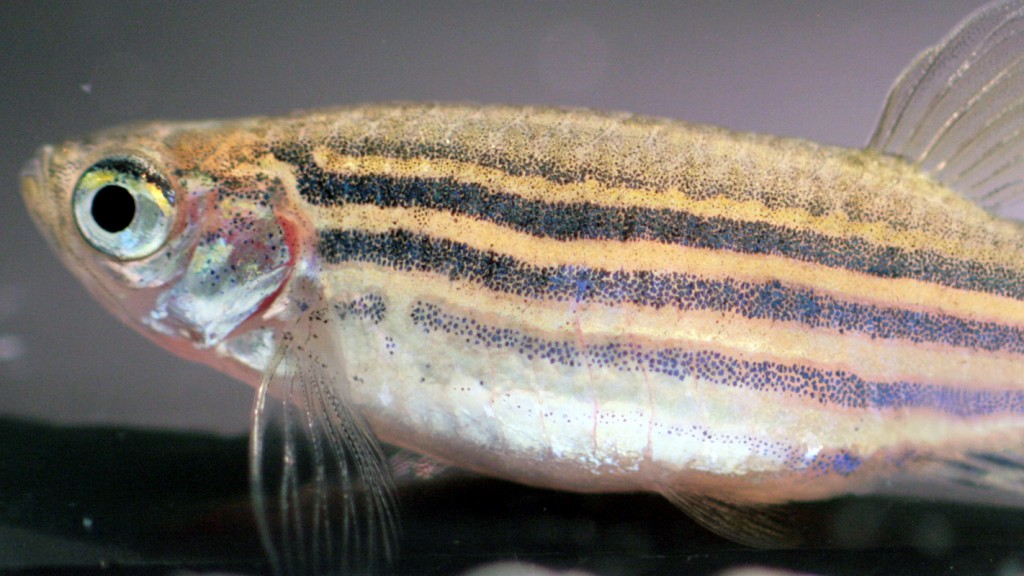Podcast: Greg Lewbart and Aquatic Animal Medicine


Providing veterinary care to aquatic animals like turtles and fish can be challenging, even when you have a vet school’s resources at your disposal. Greg Lewbart, a professor of aquatic medicine here at NC State’s College of Veterinary Medicine, knows that when it comes to treating turtles and fish, innovative solutions are part of the process.
All in all, I think the key to being successful or at least to learning is being willing to accept the challenges that these different animals present.
Lewbart has treated a lot of land and sea turtles with fractured shells over the years, and his strategies can involve high tech stainless steel plates, or low-tech solutions like glue, wire and ladies’ dress hooks. “However you can do it, however you can reduce the fracture and then stabilize it so it doesn’t move,” Lewbart says. “That is the goal, whether that’s with duct tape or clothing hooks.”

Lewbart has also treated fish, ranging from tiny zebrafish to larger Koi. He helped develop a portable fish anesthesia delivery system – FADS – that can be customized depending on the size of the fish.
We use an aquarium pump, some tubing from Home Depot, some mattress material from a mattress shop and we had a plexiglass company make us the tops.
“FADS is really nothing more than a fountain like you might have in your bird bath,” Lewbart says. “And the water just recirculates and then you put anesthetic in the water and then the tube instead of coming out of a frog’s mouth on your fountain, the tube goes into the mouth of a fish and irrigates the gills with water. You can keep a fish under for hours.”
Lewbart acknowledges that all of these innovations are driven by owners’ and veterinarians’ desire to help these animals live full and healthy lives.
“The human-animal bond can go to a lot of different species,” Lewbart says. “It’s pretty cool.”


